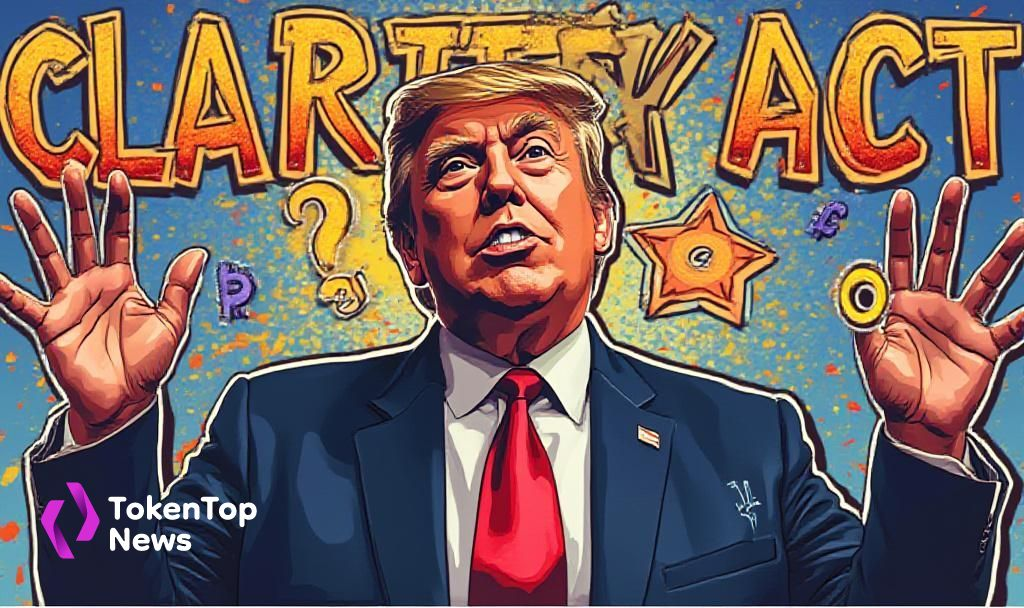Trump Endorses CLARITY Act for U.S. Crypto Legal Framework
- Trump firmly backs the CLARITY Act, impacting U.S. crypto regulation.
- Markets may see increased legal clarity and capital inflows.
- New policies could redefine U.S. crypto industry standards.

President Trump has voiced support for the Digital Asset Market Clarity Act, positioning the U.S. as a leader in digital asset regulation following its bipartisan approval in the House.
The CLARITY Act’s passage underscores its potential to reshape U.S. crypto markets by providing regulatory clarity and encouraging institutional investment. The bipartisan CLARITY Act aims to define legal frameworks for digital assets, clarifying distinctions between securities and commodities. Leadership from Trump and Congressional figures signals significant support. The act has ignited discussions among stakeholders and experts about its implications.
“For the first time in U.S. history, we have a president who sees the value in embracing digital assets, and already we are working to capitalize on that.”
— Donald Trump, President, United States
Trump’s administration is actively involved, with key figures like Chairman Hill and Chairman Steil advocating for the act’s success. This political backing aligns with the White House’s agenda to support digital asset innovation across sectors. Changes are anticipated as the U.S. government sets new standards.
The legislation impacts exchanges, custodians, and DeFi protocols, promising enhanced legal structures. Market participants expect the act to encourage new capital flows by establishing clear SEC and CFTC oversight boundaries, although some critique its potential leniency in compliance.
Financially, the CLARITY Act may increase VC and institutional investment by lowering regulatory risks. Politicians and industry stakeholders anticipate a redefined marketplace for assets, such as ETH, BTC, with clearer legal definitions potentially boosting U.S. competitiveness.
Future outcomes might include widened crypto market adoption and technological innovation. Historical trends suggest legislative actions catalyze institutional involvement, enhancing asset flows. Skepticism remains, yet expectations of regulatory advances drive developer engagement and community development.




